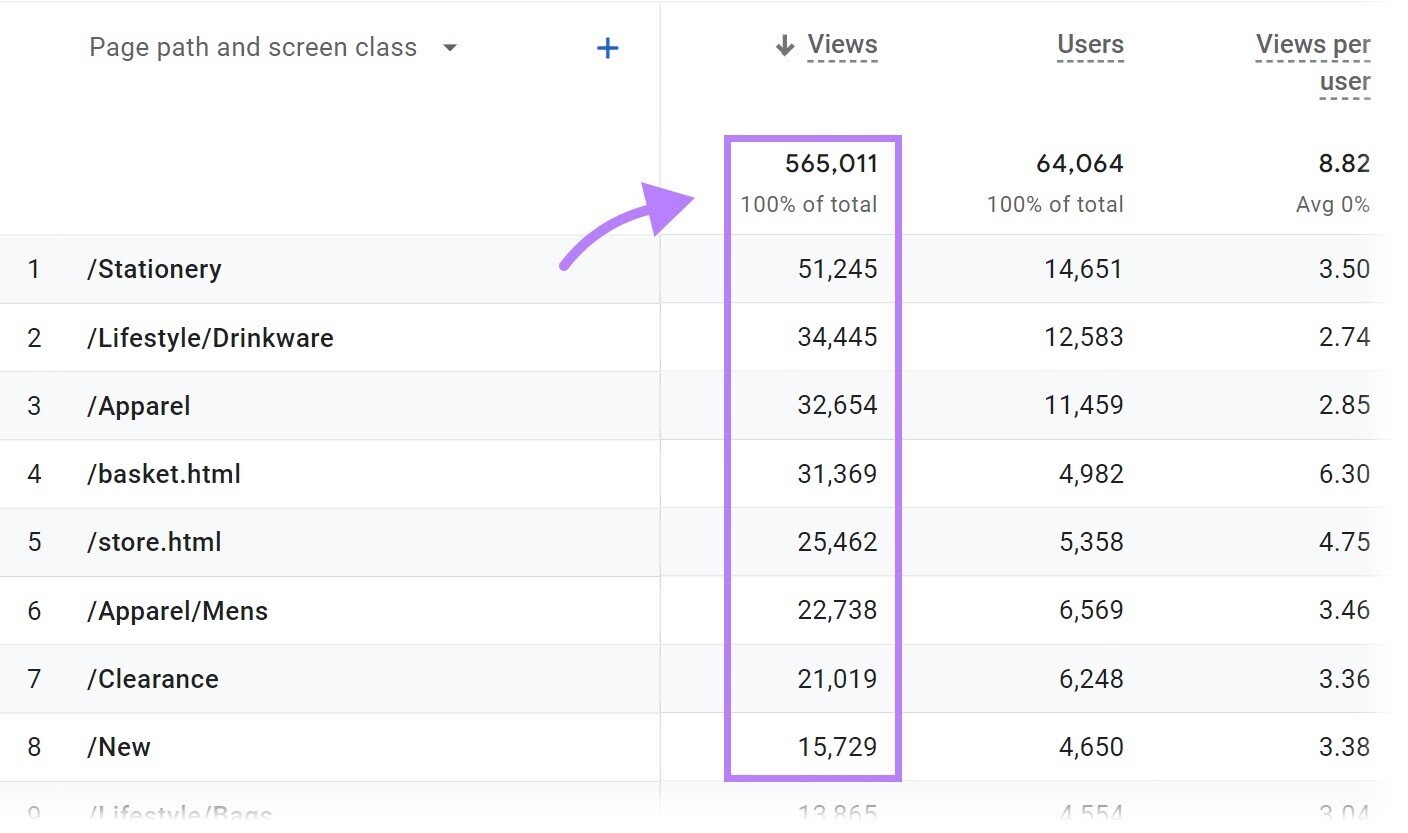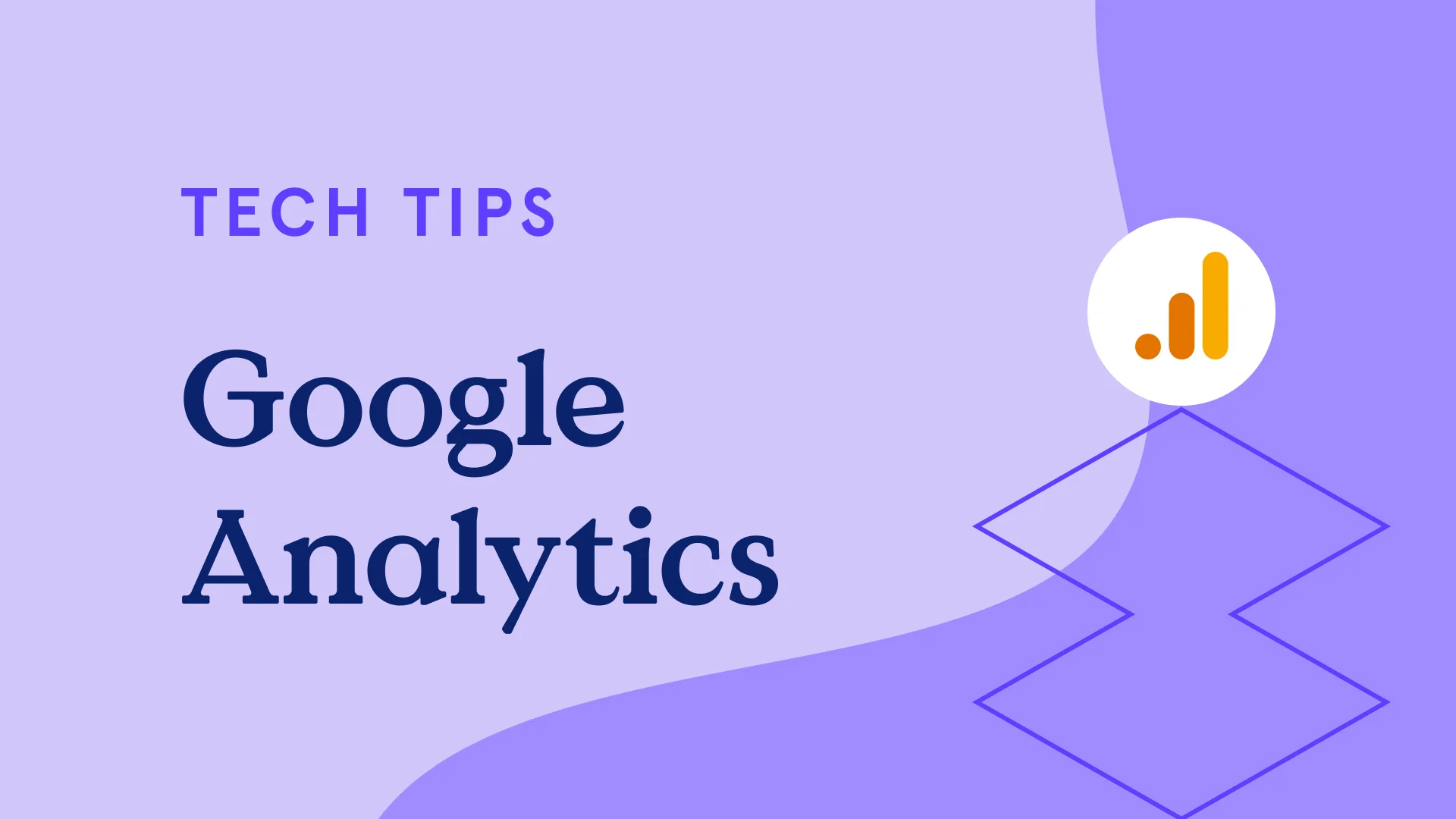In-depth Overview: What Details Google Analytics Does Not Allow for Collection
In-depth Overview: What Details Google Analytics Does Not Allow for Collection
Blog Article
Leveraging Google Analytics for In-Depth Insights Into Individual Actions and Interaction
In the electronic landscape where user behavior and involvement hold the essential to online success, leveraging devices like Google Analytics has actually come to be vital for services looking for to recognize their audience's interactions with their systems. This advanced analytics platform uses a riches of information that can reveal intricate details about exactly how customers navigate internet sites, involve with material, and eventually convert - what data does google analytics prohibit collecting. By taking advantage of Google Analytics, organizations can uncover beneficial understandings that surpass surface-level metrics, providing a detailed understanding of individual habits and choices
Comprehending User Actions Through Google Analytics
Using Google Analytics provides an extensive understanding of user habits on digital systems. By evaluating data such as the variety of visitors, their geographical locations, the web pages they check out, and the actions they take, organizations can acquire important understandings into exactly how individuals communicate with their sites or applications. This information enables for notified decision-making, allowing companies to maximize their online visibility for enhanced customer experience and engagement.
One key aspect that Google Analytics aids to uncover is user web traffic patterns. By tracking metrics like the resource of web traffic, reference links, and popular keyword phrases, businesses can identify what drives users to their system. what data does google analytics prohibit collecting. This knowledge aids in tailoring advertising techniques to target specific demographics or interests successfully
In Addition, Google Analytics supplies in-depth reports on user interaction, showcasing metrics like bounce prices, session periods, and conversion prices. Comprehending these metrics offers useful responses on the effectiveness of content, layout, and general individual experience, equipping organizations to make data-driven improvements and drive far better results. Basically, Google Analytics functions as a powerful device for deciphering user habits and enhancing digital systems for success.
Analyzing Website Traffic Patterns
Recognizing the flow of traffic on an internet site is necessary for optimizing its efficiency and improving customer interaction. Evaluating website traffic patterns offers valuable insights into just how individuals engage with the website, what material they discover most appealing, and where they may be coming across challenges. By leveraging tools like Google Analytics, site owners can track metrics such as page views, one-of-a-kind visitors, bounce prices, and ordinary session duration to get a thorough understanding of user actions.
Additionally, evaluating the actions circulation within the internet site can highlight popular touchdown pages, departure pages, and the most usual courses customers take through the website. Recognizing these patterns makes it possible for web site proprietors to make enlightened decisions concerning web content positioning, navigation enhancements, and general site layout to improve user experience and drive conversions.
Tracking Individual Interaction Metrics
To strengthen the understandings gained from assessing internet site traffic patterns, it is crucial to concentrate on tracking individual engagement metrics. Individual involvement metrics provide beneficial info regarding just how visitors engage with an internet site, showing the level of rate of interest and fulfillment with the material. By tracking metrics such as bounce price, average session period, web pages per session, and conversion rates, website proprietors can comprehend the performance of their content and customer experience.
Conversion prices track the portion of site visitors who complete a wanted action, such as filling or making a purchase out a form, reflecting the efficiency of the site in driving individual actions. By analyzing these individual engagement metrics, web site proprietors can make informed choices to enhance their web content and customer experience to enhance interaction and attain their objectives.
Identifying Conversion Opportunities
Identifying potential conversion possibilities is a vital aspect of enhancing website my blog efficiency and accomplishing wanted customer actions. Via Google Analytics, companies can discover valuable insights that can assist in identifying areas where customers are handing over or otherwise continuing to the wanted conversion actions. By assessing metrics such as conversion rates, touchdown page performance, and customer circulation, organizations can pinpoint possible traffic jams in the conversion process.

Additionally, using Google Analytics' actions flow feature can supply a graph of how customers navigate via the internet site. This can help in recognizing preferred pathways as well as any roadblocks that may be impeding conversions. By leveraging these understandings, businesses can enhance their site for improved customer experience and enhanced conversion rates.
Enhancing User Experience With Data-Driven Insights
By leveraging data-driven insights from Google Analytics, services can tactically optimize their website to boost individual experience and drive higher conversion rates. Recognizing user actions via data analysis allows firms to tailor their websites to fulfill the specific requirements and preferences of their target audience. By identifying key metrics such as bounce rates, session period, and popular web pages, businesses can get beneficial understandings right into exactly how customers communicate with their site.
Google Analytics supplies detailed information on user demographics, tools made use of, and even the certain actions taken on the website. This data enables organizations to make educated choices on site layout, web content placement, and general individual circulation. By leveraging these understandings, firms can create a more customized and engaging customer experience, resulting in boosted complete satisfaction and commitment.
Furthermore, data-driven understandings can assist companies recognize pain points in the customer journey and carry out targeted renovations to enhance the conversion procedure. By continually monitoring and analyzing user actions, businesses can adapt and enhance their internet site to make sure a pleasurable and seamless experience for site visitors, ultimately driving greater conversion rates and making the most of organization success.

Final Thought
Finally, Google Analytics supplies beneficial insights into user behavior and involvement on sites. By assessing web traffic patterns, tracking engagement metrics, and identifying conversion opportunities, companies can make data-driven decisions to boost the individual experience. Leveraging these understandings can result weblink in improved internet site performance and boosted conversions.
By tracking metrics such as bounce rate, typical session period, pages per session, and conversion prices, internet site proprietors can understand the effectiveness of their web content and customer experience.
Conversion rates track the percent of site visitors that finish a desired action, such as making a purchase or loading out my blog a kind, mirroring the performance of the internet site in driving customer actions. By analyzing these individual interaction metrics, site owners can make educated choices to enhance their content and individual experience to boost involvement and achieve their goals.
By leveraging these understandings, organizations can enhance their internet site for boosted customer experience and raised conversion prices.
By leveraging data-driven understandings from Google Analytics, organizations can purposefully optimize their internet site to enhance customer experience and drive greater conversion rates.
Report this page